Allen, J.A. (Joel Asaph). 1922 - 1925. “Carnivora Collected by the American Museum Congo Expedition.” Bulletin American Museum of Natural History, Vol. XLVII (1922 - 1925): 73 – 281.
- Available via Internet Archive at: https://archive.org/stream/bulletinamerican47ameruoft#page/73/mode/1up
Beddard, Frank E. 12 November 1907. "On Some Points in the Structure of Galidictis striata (Received October 17, 1907)." Proceedings of the Zoological Society of London 1907(4):803-817.
- Available via Internet Archive at: https://archive.org/stream/proceedingsofzoo19074471121zool#page/802/mode/2up
Bisby, F.A.; Roskov, Y.R.; Orrell, T.M.; Nicolson, D.; Paglinawan, L.E.; Bailly, N.; Kirk, P.M.; Bourgoin, T.; Baillargeon, G.; and Ouvrard, D. (red.). 2011. "Genetta bourloni." Species 2000 & ITIS Catalogue of Life: 2011 Annual Checklist. Reading, UK. Retrieved May 9, 2014.
- Available at: http://www.catalogueoflife.org/annual-checklist/2011/search/all/key/genetta+bourloni/match/1
Boelens, Bo; Watkins, Michael; and Grayson, Michael. 2009. The Eponym Dictionary of Mammals. JHU Press. Baltimore MD: The Johns Hopkins University Press.
Boudet, Ch. 10 January 2009. "Species Sheet: Bourlon's Genet." Mammals' Planet: Vs n°4, 04/2010. Retrieved May 9, 2014.
- Available at: http://www.planet-mammiferes.org/drupal/en/node/38?indice=Genetta+bourloni
"Bourlon's Genet." The Animal Files: Mammals>Carnivores. Retrieved May 9, 2014.
- Available at: http://www.theanimalfiles.com/mammals/carnivores/genet_bourlons.html
Corson, Docteur P.-J. October 2005. Les grands prédateurs d’Afrique: biologie, éthnologie et chasse. Brussels, Belgium: Éditions du Gerfaut.
Crawford-Cabral, J. 1981. “A New Classification of the Genets.” African Small Mammal Newsletter6:8-10.
Crawford-Cabral, João. 1980. "The Classification of the Genets (Carnivora, Viverridae, genus Genetta)." Boletim da Sociedade Portuguesa de Ciências Naturais 20:97-114.
Driver, Stephanie (ed.). 2008. Exploring Mammals. Tarrytown, NY: Marshall Cavendish Corporation.
Duff, Andrew; and Lawson, Ann. 2004. Mammals of the World: A Checklist. Yale University Press.
Ewer, R.F. 1998. The Carnivores. Cornell University Press: Cornell Paperbacks.
Gaubert, P. 2003. “Description of a New Species of Genet (Carnivora; Viverridae; genus Genetta) and Taxonomic Revision of Forest Forms Related to the Large-spotted Genet Complex.” Mammalia 67:85-108.
Gaubert, Philippe; and Dufour, Sylvain. July 2013. “First Report of a Chinchilla Phenotype in Viverridae (Carnivora).” Small Carnivore Conservation 48:92-95. Retrieved May 9, 2014.
- Available at: http://www.smallcarnivoreconservation.org/home/wp-content/uploads/2013/08/SCC-48-11-Gaubert-Dufour.pdf
Gaubert, P.; and Dunham, A. 2008. “Genetta bourloni.” In: IUCN 2013. International Union for Conservation of Nature and Natural Resources Red List of Threatened Species. Version 2013.2. Retrieved May 9, 2014.
- Available at: http://www.iucnredlist.org/details/full/136223/0
Gaubert, P.; Chalubert, A.; and Dubus, G. 2008. “An Interactive Identification Key for Genets and Oyans (Carnivora, Viverridae, Genettinae, Genetta spp. and Poiana spp.) Using Xper2.” Zootaxa 1717:39-50.
Gaubert, P.; Fernandes, C. A.; Bruford, M. W.; and Veron, G. 2004. "Genets (Carnivora, Viverridae) in Africa: An Evolutionary Synthesis Based on Cytochrome b Sequences and Morphological Characters." Biological Journal of the Linnean Society 81:589-610.
Gaubert, P.; Papeş, M.; Peterson, A.T. June 2006. "Natural History Collections and the Conservation of Poorly Known Taxa: Ecological Niche Modeling in Central African Rainforest Genets (Genetta spp.)." Biological Conservation 130(1):106–117.
Gaubert, P.; Taylor, P.J.; and Veron, G. 2005. “Integrative Taxonomy and Phylogenetic Systematics of the Genets (Carnivora, Viverridae, Genetta): A New Classification of the Most Speciose Carnivoran Genus in Africa.” Pp. 371-384 in African Biodiversity: Molecules, Organisms, Ecosystems edited by Bernard A. Huber, Braldey J. Sinclair, and Karl-Heinz Lampe. NY: Springer Science + Business Media, Inc.
- Available at: http://www.durban.gov.za/Documents/DiscoverDurban/Museums%20and%20Durban%20Art%20Gallery/8_Gaubert_et_al_2005.pdf
Gaubert, P.; Veron, G.; and Tranier, M. March 2002. “Genets and ‘Genet-like’ Taxa (Carnivora, Viverrinae): Phylogenetic Analysis, Systematics and Biogeographic Implications.” Zoological Journal of the Linnean Society 134(3):317-334.
Gaubert, Philippe; Weltz, Marjorie; and Chalubert, Antoine. 14 January 2008. “Genetta bourloni.” Genets and Oyans. Paris: Université Pierre et Marie Curie. Retrieved May 9, 2014.
- Available at: http://lis-upmc.snv.jussieu.fr/genettes/web/fiches_en/taxa/genetta_bourloni.html
"Genet." AWF: What We Do>Wildlife Conservation>Genet. African Wildlife Foundation. Retrieved May 9, 2014.
- Available at: http://www.awf.org/wildlife-conservation/genet
"Genetta bourloni." The National Center for Biotechnology Information: Taxonomy ID94190. Retrieved May 9, 2014.
- Available at: http://www.ncbi.nlm.nih.gov/Taxonomy/Browser/wwwtax.cgi?lin=s&p=has_linkout&id=235208
"Genetta bourloni: Bourlon's Genet." Encyclopedia of Life. Retrieved May 9, 2014.
- Available at: http://eol.org/pages/1053883/details
"Genetta bourloni (Bourlon's Genet)." ZipcodeZoo: Species Identifier 4272224. Retrieved May 9, 2014.
- Available at: http://zipcodezoo.com/animals/g/genetta_bourloni/
"Genetta bourloni Gaubert, 2003." ITIS Standard Report: Taxonomic Serial Number 726258. Integrated Taxonomic Information System. Retrieved May 9, 2014.
- Available at:
- http://www.itis.gov/servlet/SingleRpt/SingleRpt?search_topic=TSN&search_value=726258
"Genetta bourloni Gaubert, 2003." The Marine Biological Laboratory Universal Biological Indexer and Organizer NamebankID 11271811. Retrieved May 9, 2014.
- Available at: http://www.ubio.org/browser/details.php?namebankID=11271811
Gervais, Paul. 1855. Histoire naturelle des Mammifères: Carnivores, Proboscidiens, Jumentés, Bisulques, Édentés, Marsupiaux, Monotrèmes, Phoques, Sirénides et Cétacés. Paris: L. Curmer.
Gittleman, John L.; Funk, Stephan M.; Macdonald, David; and Wayne, Robert K. (eds.). 2001. Carnivore Conservation. Cambridge University Press: Conservation Biology 5.
Glenn, C.R. 2006. “Bourlon’s Genet.” Earth’s Endangered Creatures (Online): Species Profiles > Africa > Endangered Mammals of Africa. Retrieved May 9, 2014.
- Available at: http://www.earthsendangered.com/profile.asp?gr=M&sp=10214
Goswami, Anjali; and Friscia, Anthony. (eds.). 2010. Carnivoran Evolution: New Views on Phylogeny, Form and Function. Cambridge University Press: Cambridge Studies in Morphology and Molecules.
Gray, John Edward. 1869. Catalogue of Carnivorous, Pachydermatous, and Edentate Mammalia in the British Museum. London: Trustees of the British Museum (Natural History). Retrieved May 9, 2014.
- Available via Internet Archive at: https://archive.org/details/catalogueofcarni00brit
Huber, B.A.; Sinclair, B.J.; and Lampe, K.-H. (eds.). 2005. African Biodiversity: Molecules, Organisms, Ecosystems. NY: Springer.
Hunter, Luke; and Barrett, Priscilla. 2011. A Field Guide to the Carnivores of the World. London, Cape Town, Sydney, Auckland: New Holland Publishers (UK) Ltd.
Jennings, A. P.; and Veron, J. 2009. "Family Viverridae (Civets, Genets, and Oyans)." In: Don E. Wilson and Russel Mittermeier (Hrsg.) Handbook of the Mammals of the World Volume 1: Carnivores. Lynx Edicions.
Jukofsky, Diane for the Rainforest Alliance. 2002. Encyclopedia of Rainforests. Westport, CT: Oryx Press.
Kingdon, Jonathon; Happold, David; Butynski, Thomas; Hoffmann, Michael; Happold, Meredith; and Jan Kalina (eds.). 2013. Mammals of Africa, Volume 5: Carnivores, Pangolins, Equids and Rhinoceroses, edited by Jonathan Kingdon and Michael Hoffmann. Bloomsbury Publishing.
Kondo, H.; Tesar, J.; Cloud, D.; Kagan, L. (eds.). 1972. Civets, Genets, and Linsangs, Vol. 2, 3rd Edition. Milan: Fratelli Fabbri Editori.
Larivière, Serge. 2004. "Civets, Genets, and Lingsangs." Pp. 335-339 in Grzimek's Animal Life Encyclopedia, Second Edition. Volume 14: Mammals III, edited by Michael Hutchins, Devra G. Kleiman, Valerius Geist, and Melissa C. McDade. Farmington Hills, MI: Gale Group, Inc., division of Thomson Learning Inc.
Myers, P.; Espinosa, R.; Parr, C.S.; Jones, T.; Hammond, G.S.; and Dewey, T.A. 2014. “Genetta bouloni: Bourlon’s Genet.” The Animal Diversity Web (on-line). University of Michigan Museum of Zoology. Retrieved May 9, 2014.
- Available at: http://animaldiversity.ummz.umich.edu/accounts/Genetta_bourloni/classification/
Nowak, Ronald M. 1999. Walker's Mammals of the World, Sixth Edition. Volume I. Baltimore: Johns Hopkins University Press.
Pocock, R.I. 26 November 1907. "Report upon a Small Collection of Mammalia Brought from Liberia by Mr. Leonard Leighton." Proceedings of the General Meetings for Scientific Business of the Zoological Society of London 1043-1047. Retrieved on April 18, 2014.
- Available via Internet Archive at: https://archive.org/stream/proceedingsofzoo19074471121zool#page/1037/mode/1up
Poitrineau, Karine. 31 October 2003. “Découverte d’une nouvelle espèce de mammifère: la genette d’Afrique de l’Ouest.” Futura-Sciences. : Santé > Actualités > Génétique. Retrieved May 9, 2014.
- Available at: http://www.futura-sciences.com/magazines/sante/infos/actu/d/vie-decouverte-nouvelle-espece-mammifere-genette-afrique-ouest-2677/
Rosevear, Donovan Reginald. 1974. The Carnivores of West Africa. London: Trustees of the British Museum (Natural History).
- Available via Biodiversity Heritage Library at: http://www.biodiversitylibrary.org/item/35416#page/7/mode/1up
Schlawe, L. 1980. “Zur geographischen Verbreitung der Ginsterkatzen Gattung Genetta G. cuvier, 1816. Faunistische Abhandlungen Staatliches Museum für Tierkunde in Dresden 7:147-161.
Veron, Geraldine. 6 September 2010. "Phylogeny of the Viverridae and 'Viverrid-like' feliforms." Pp. 64-91 in Carnivoran Evolution: New Views on Phylogeny, Form and Function, edited by Anjali Goswami and Anthony Friscia. Cambridge University Press.
Wilson, Don E.; and Cole, F. Russell. 2000. Common Names of Mammals of the World. Washington, D.C.: Smithsonian Institution Press.
Wilson, Don E.; and Reeder, DeeAnn M. (editors). 2005. Mammal Species of the World: A Taxonomic and Geographic Reference. 3rd ed. Baltimore MD: Johns Hopkins University Press.
Wrobel, Murray (Editor). 2007. Elsevier's Dictionary of Mammals: Latin English German French Italian. Oxford, U.K.: Elsevier B.V.


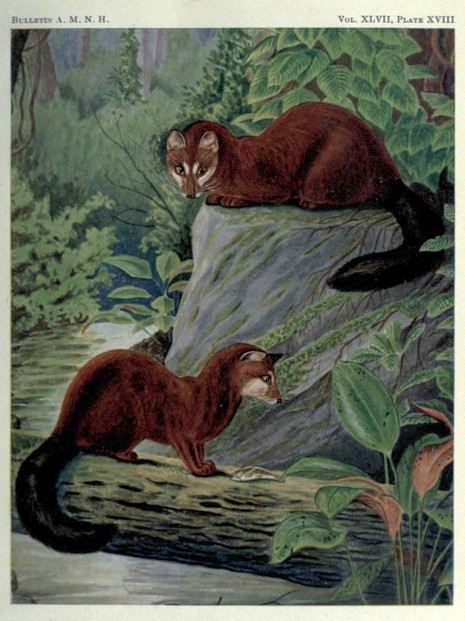
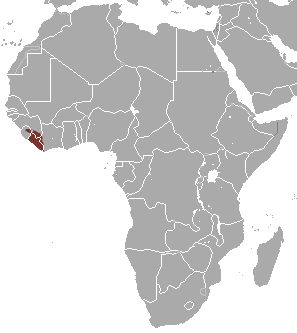
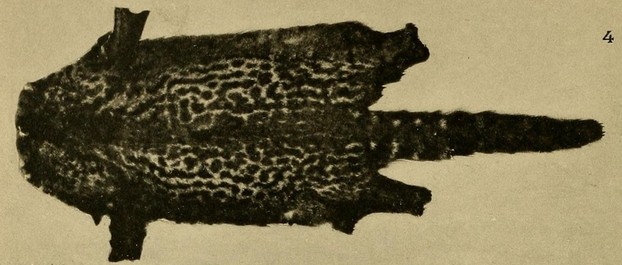
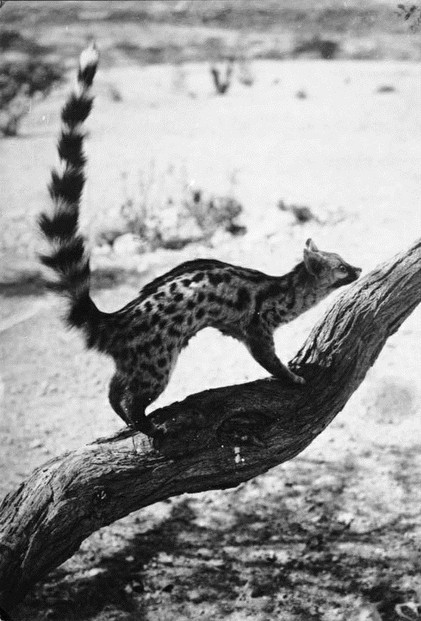
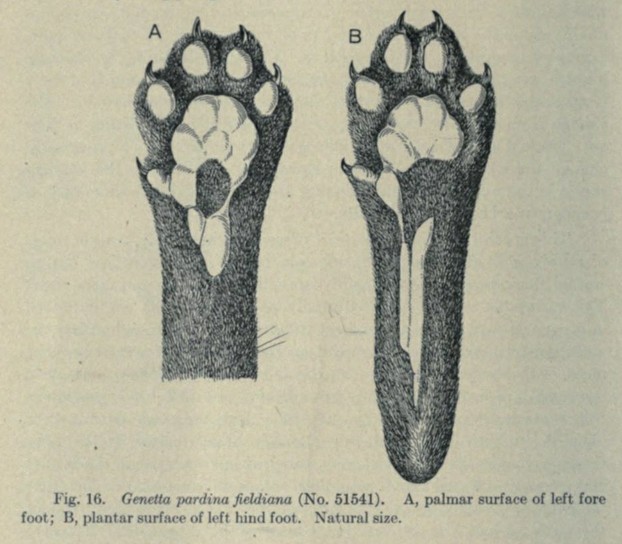
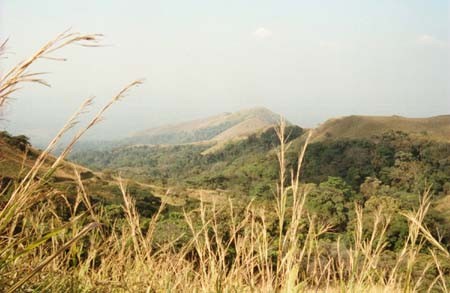
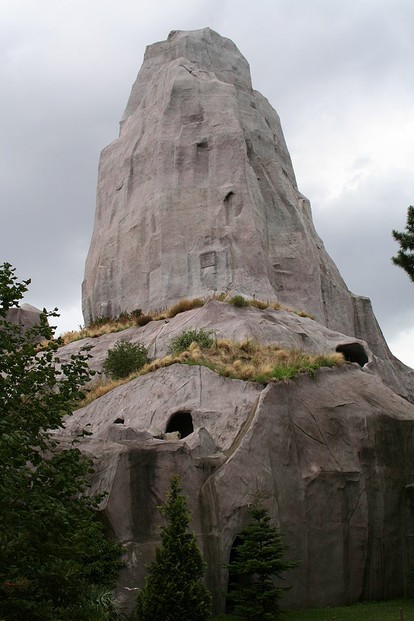
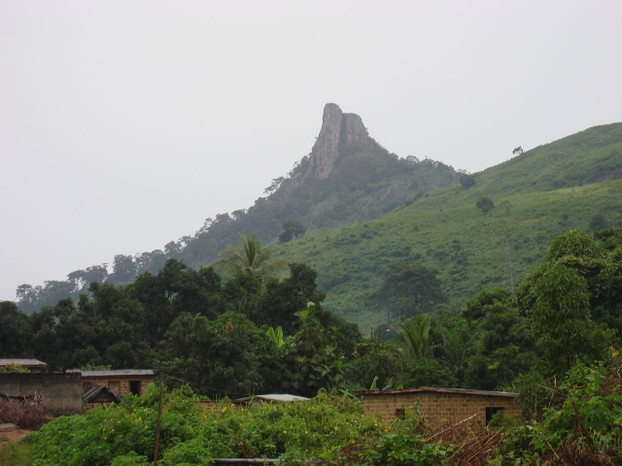
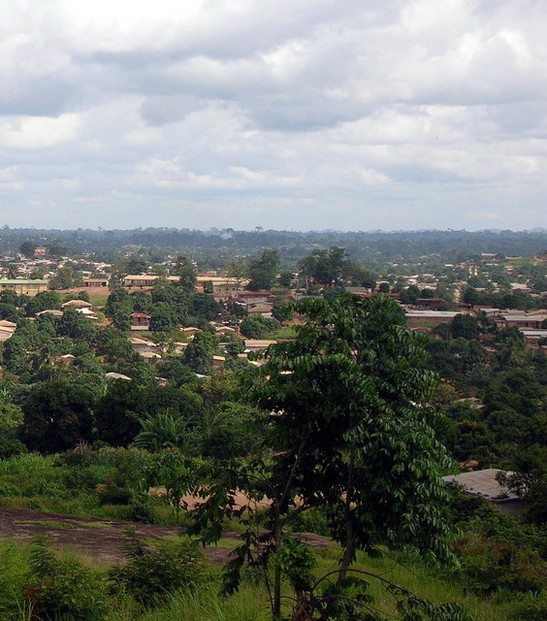
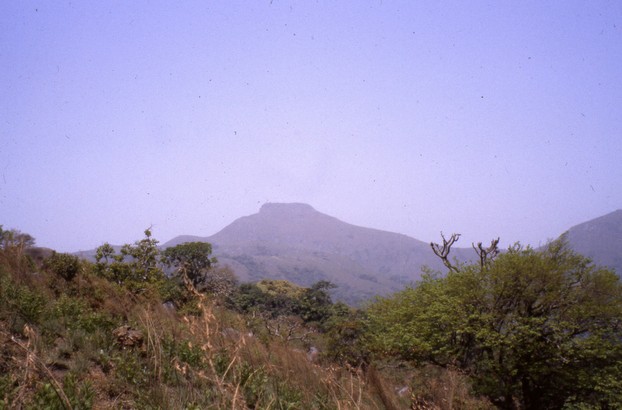




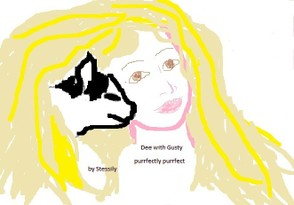
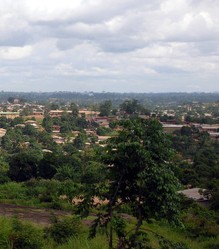

 Are Hawaiian Huakai Po Nightmarchers Avenging Halloween Thursday?on 10/02/2024
Are Hawaiian Huakai Po Nightmarchers Avenging Halloween Thursday?on 10/02/2024
 Mailing Addresses for 2023 Form 4868 Extending 1040 and 1040SR April 15, 2024, Due Dateon 04/15/2024
Mailing Addresses for 2023 Form 4868 Extending 1040 and 1040SR April 15, 2024, Due Dateon 04/15/2024
 Mailing Addresses for 2023 Forms 1040 and 1040SR Filed in 2024on 04/15/2024
Mailing Addresses for 2023 Forms 1040 and 1040SR Filed in 2024on 04/15/2024
 Mailing Addresses for 2022 Form 4868 Extending 1040 and 1040SR April 18, 2023, Due Dateon 04/13/2023
Mailing Addresses for 2022 Form 4868 Extending 1040 and 1040SR April 18, 2023, Due Dateon 04/13/2023

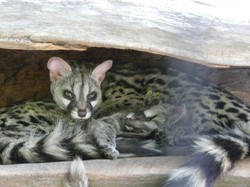
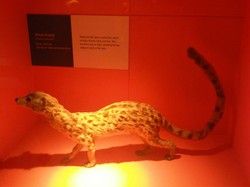
Comments